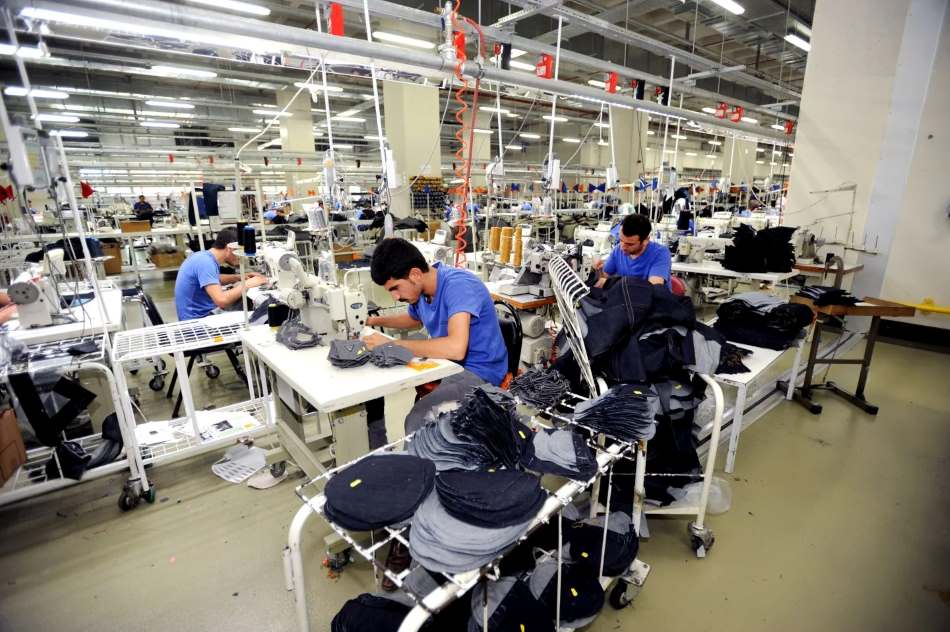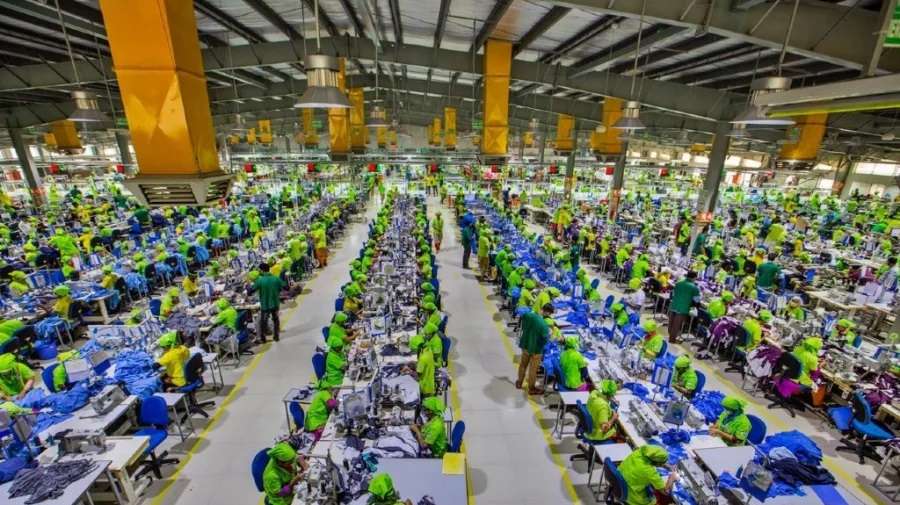
Despite a tough 2023, marked by declining exports and shrinking employment, Turkish textile and apparel industry remains cautiously optimistic for 2024. While acknowledging ongoing challenges like high inflation, increasing production costs, and slow European market, industry leaders point out to strategic advantages and proactive measures that could lead to a positive second half.
Global significance
An export powerhouse Turkey’s textile export was worth $11 billion in 2023 (down 10 per cent from 2022) and garment and apparel business was worth $19.2 billion (down 10.7 per cent from 2022). As per Statista, Turkey is the fourth largest exporter of textiles worldwide, with over 4 per cent of the global market share. The value of both textile and clothing exports has more than tripled since 2000. The EU remains the primary destination for Turkish textiles and apparel, accounting for around 65 per cent of total exports. However, exports to Europe saw a 17.6 per cent dip in 2023. Germany and Spain are the top two European buyers, contributing over $7.5 billion in 2021 as per Kohantextilejournal.com. In fact, Turkey managed to maintain its market share despite export decline.
Textiles exports ($ billion)
|
Year |
Export Value |
Change from Previous Year |
Market Share |
|
2021 |
12.2 |
- |
- |
|
2022 |
12.4 |
1.60% |
- |
|
2023 |
11 |
-11.30% |
Maintained |
Garment and apparel exports ($ billion)
|
Year |
Export Value |
Change from Previous Year |
Market Share |
|
2021 |
21.4 |
- |
- |
|
2022 |
21.5 |
0.50% |
Maintained |
|
2023 |
19.2 |
-10.70% |
Maintained |
Sources: Turkish Exporters Assembly (TIM); Istanbul Textile and Raw Materials Exporters' Association (İTHİB)
Turkey is also a leading cotton importer. It is the world's 5th largest cotton importer, ensuring a reliable raw material supply for its textile industry. Turkey also boasts of a well-developed yarn production base, catering to diverse customer needs and offering flexibility in fabric manufacturing. Growing focus on technical textiles like geotextiles and medical textiles presents new opportunities for diversification and value addition.
Over 65,000 textile and clothing companies operate in Turkey, ranging from small, family-run businesses to large-scale enterprises. This showcases a dynamic and adaptable industry structure. While the apparel industry is dominated by small and medium-sized firms, the technology-intensive textile production is increasingly undertaken by large-scale companies embracing innovation. Turkey possesses the complete value chain, enabling quality control and customization across production stages. Moreover, its long history in garment manufacturing has fostered a skilled workforce and efficient production infrastructure.
Beyond exports the domestic retail market flourishes as well. In 2022, Turkish households spent a record 12 million Turkish Lira per month on clothing, reflecting a 158 per cent increase compared to 2019, reveals Statista data.
Growth challenges and new opportunities
Despite its significance, and importance, Turkey’s textile and apparel industry has been facing several headwinds. Notwithstanding its proximity to Europe, exports to the continent have gone down. Moreover rising production costs are a bane. The labor-intensive sector is impacted by minimum wage increases and exchange rate fluctuations. The country is also facing stiff competition from Asian producers who pose challenges with increasing freight costs to Europe.
Even though it recorded a slight dip in exports, the industry anticipates an improvement in the latter half of 2024. It’s looking at new markets and focusing on regions like Mexico, Colombia, and Australia for export diversification. It’s actively organizing delegations to new markets to establish connections and explore opportunities.
And to move ahead it also needs to put right strategies in places. Focusing on brand value and differentiation in its product offerings is one way. Emphasizing on branding, technological advancements, and adaptation to changing market demands is the need of the hour. Turkey also needs to work on a regional minimum wage to address competitiveness concerns and potentially create jobs. Industry leaders like Ahmet Öksüz, Chairman of Istanbul Textile and Raw Materials Exporters' Association (İTHİB), acknowledges the difficulties but remains hopeful. He highlights these strategic advantages, particularly the proximity to Europe for both textiles and apparel, as Turkey navigates market fluctuations. He emphasizes, the importance of exploring new markets, embracing branding, and undergoing industry-wide transformation to ensure long-term competitiveness.
While the road ahead may not be smooth, the Turkish textile and apparel industry demonstrates resilience and a proactive approach to overcoming challenges and capitalizing on emerging opportunities. The success of these efforts, coupled with its strategic position in both textiles and apparel, will be crucial in shaping the industry's performance in 2024 and beyond.












